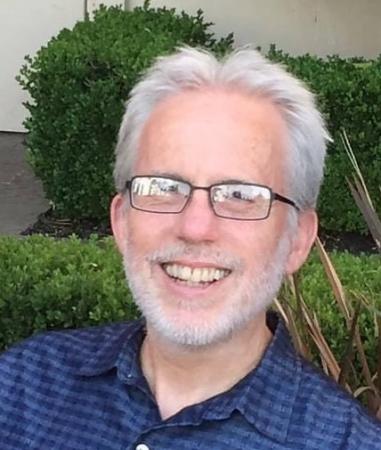
John Moody
John Moody
LLNL
Tuesday, March 5, 2024
12:00pm
NW17-218 Hybrid
Abstract: Having achieved nuclear fusion target gain greater than 1, research on NIF continues to explore implosion designs that increase the fusion yield. Pre-magnetized DT fuel offers a possible way to boost the yield of current indirect-drive implosion designs and opens the door to new designs specifically tailored for use with a B-field. The first magnetized NIF implosions completed recently tested the performance improvement in a room-temperature D2-filled high-density-carbon capsule in a AuTa4 (high-electrical-resistance) hohlraum. The measurements showed that applying a 26-Tesla axial B-field boosted the hot-spot temperature by 35% from 2.7 keV to 3.8 keV and amplified the DD yield by a factor of 2.9x, in rough agreement with radiation magnetohydrodynamic simulations. In addition to the primary DD yield and temperature increase, the secondary DT yield is used to estimate the compressed B-field in the hot spot. Within the assumptions made by a Monte Carlo model, the burn-averaged B-field in the hot spot is estimated to be B = 5 - 6 kT, in good agreement with simulations of the B-field at stagnation. Near term experiments are investigating B-field mitigation of hydro instability mix and other magnetization effects on the implosion.
Bio: Dr. John D. Moody is from San Jose, California, and is a Lawrence Livermore National Laboratory (LLNL) distinguished member of the technical staff and the deputy for experiments in the Inertial Confinement Fusion program at LLNL. He received a B.A. in physics from the University of California, Berkeley, in 1982 and a Ph.D. in plasma physics from the Massachusetts Institute of Technology in 1988, where he studied ion Bernstein wave heating on the Alcator C tokamak. After a postdoc studying pure electron plasmas at the University of California, San Diego, and a second postdoc at LLNL, he became a staff scientist at LLNL. He is a fellow of the American Physical Society. Some of his current interests include basic physics in ultrahigh magnetic fields, magnetized HED science, and plasma ignition science.